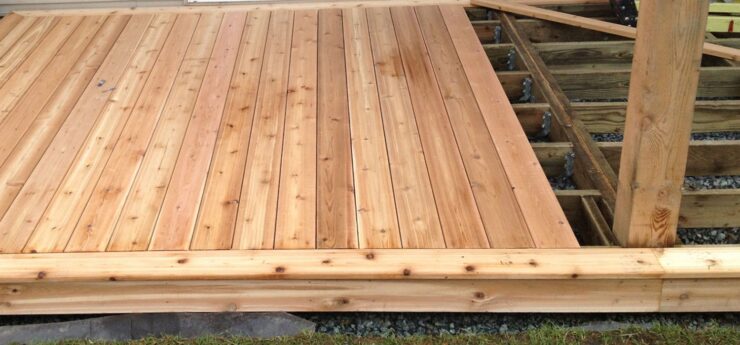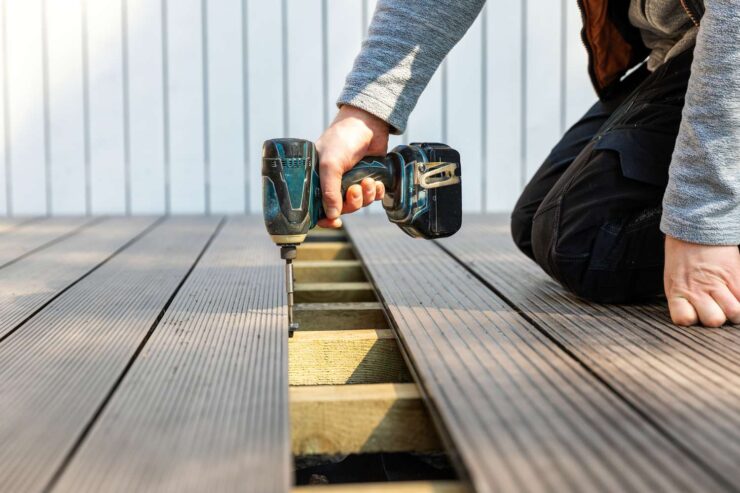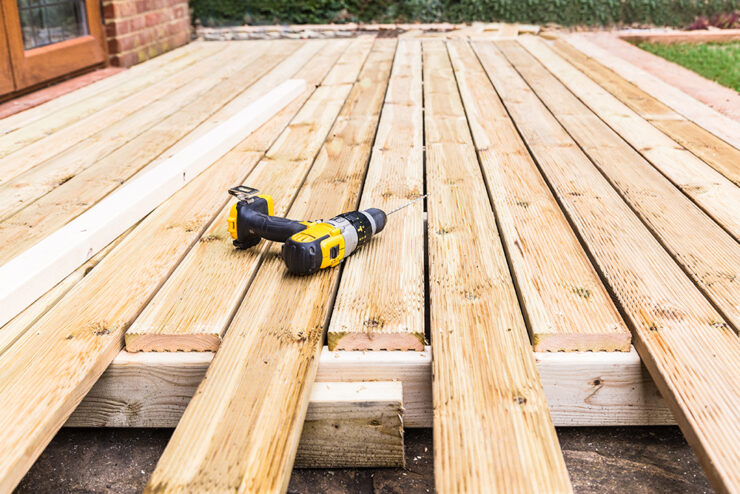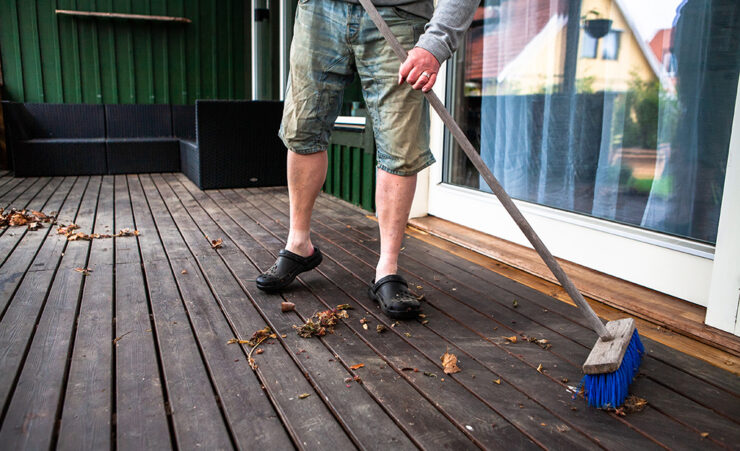Building a deck can be a fun and rewarding project, but it’s also a significant investment of time, money, and effort. Taking the time to plan and execute your project carefully can help you avoid costly oversights that can derail your plans or cause safety issues. Whether you’re a DIY enthusiast or plan to hire a contractor, these tips will help you build one that’s safe, functional, and beautiful. By following these tips, you’ll be able to enjoy it for years to come, without the worry of costly repairs or safety hazards. Let’s dive in and explore these tips in more detail.
1. Choose the Right Materials
Choosing the right materials is critical. Don’t just go for the cheapest option; consider the durability of the materials you’re using. For example, pressure-treated lumber is a popular choice because it’s affordable and can withstand the elements. But if you’re looking for something that’s more low-maintenance, you might consider composite decking. It’s a bit pricier, but it’s also more durable and requires less upkeep.
One of the most common mistakes people make when choosing materials is underestimating the amount they’ll need. Be sure to measure the area where you’ll be building it, and add a little extra to account for cuts and waste.
2. Plan Ahead

Before you start building it, take the time to plan it out. This will help you avoid oversights and ensure that your deck is built to your specifications. Consider things like the size and shape, the placement of stairs and railings, and any features you want to include (like a built-in bench or planters).
One of the most important parts of planning is obtaining the necessary permits. Depending on where you live, you may need a permit. Check with your local building department to find out what’s required in your area.
3. Follow Code Requirements
Building codes exist for a reason: to ensure that structures are safe and stable. It is important to follow all relevant building codes. This includes things like the height and spacing of railings, the placement of stairs, and the depth of footings.
Not following code requirements can lead to serious safety hazards, as well as costly fines and legal troubles. Make sure you understand the codes that apply, and follow them carefully.
4. Hire a Professional

If you’re not confident in your skills you should check this and consider hiring a professional. A professional builder has the knowledge and experience to help you avoid oversights and build one that meets all necessary codes and regulations.
When looking for a professional, be sure to do your research. Check reviews and ask for references from previous customers. Make sure the builder is licensed and insured, and ask about their experience building decks.
5. Use the Right Tools
Using the right tools is essential to building a deck that’s safe and sturdy. Don’t try to cut corners by using tools that aren’t designed for the job. For example, using a regular saw instead of a circular saw can result in uneven cuts that compromise the integrity of your deck.
It’s also important to keep your tools in good working condition. Dull blades or worn-out bits can make the job more difficult and even dangerous.
6. Check for Level and Square

Making sure it is level and square is critical to its stability. Use a level to check that your beams and joists are straight, and a square to ensure that your corners are at 90-degree angles.
If you find that your deck isn’t level or square, don’t ignore the problem. Address it before moving on to the next step. Failing to do so can lead to bigger problems down the line.
7. Consider Safety
Safety should always be a top priority. In addition to following building codes and using the right tools, there are a few other safety tips to keep in mind.
First, make sure it has proper lighting. This is especially important if you plan to use it in the evening or at night. Use well-placed lights to illuminate stairs, railings, and other potentially hazardous areas.
Second, consider adding non-slip features. This can include non-slip paint or coatings, as well as non-slip mats or treads.
Finally, be mindful of the weight capacity. Don’t overload it with too many people or heavy objects. If you’re not sure what the weight capacity is, consult with a professional.
Bonus Tip: Maintain Your Deck

Once it is built, it’s important to maintain it properly. This will help extend its lifespan and prevent costly repairs down the line. Some simple maintenance tasks include:
- Cleaning your deck regularly to remove dirt, debris, and mildew.
- Inspecting your deck for signs of damage or wear and tear.
- Applying a sealer or stain to protect your deck from the elements.
- By taking the time to maintain your deck, you can enjoy it for years to come.
Conclusion
It can be a great way to enhance your outdoor living space and add value to your home. However, it’s important to approach the project with care and attention to detail. By following these 7 tips, you can avoid common oversights and build a deck that meets your needs and expectations.
It’s important to keep in mind that building is not a one-time project. Proper maintenance is necessary to keep it looking great and functioning properly. Make sure to clean and seal it regularly and perform any necessary repairs promptly. By taking care of your deck, you can enjoy it for many years to come.
Remember, building a deck is a significant investment of time, money, and effort. Taking the time to plan and execute your project carefully can help you avoid costly oversights and ensure that your deck is safe and functional. By using the right materials, tools, and equipment, and following building codes and safety protocols, you can create a deck that you’ll be proud of. So, don’t be afraid to roll up your sleeves, do your research, and get started on building the deck of your dreams!

